Edinburgh-born sea captain Stewart Mackay comes from a seafaring family.
But the 42-year-old father-of-two admits: “I have to pinch myself sometimes when I tell people I am captain of the RRS Discovery!”
Stewart took a few years to decide he wanted to go to sea.
After studying philosophy at university in Leeds – and initially not sure what he wanted to do with life – he started a cadetship at Glasgow College of Nautical Studies in 2004.
Three years working on bulk carriers, container ships and cargo vessels led him to become third mate on a military trials barge.
He worked as second officer on a scientific research vessel based in Italy from 2010-12.
However, when he went back to college to get his chief mate’s ticket, his scientific background led him to the National Oceanography Centre (NOC) in Southampton.
For the last four years, he has been captain of the NOC’s 2012-built modern research vessel RRS Discovery.
It’s the fourth vessel to carry the iconic name since Captain Scott’s Dundee-built original in 1901.
Invited aboard for tour of RRS Discovery
The Courier was invited aboard the modern RRS Discovery as it berthed for a few days at the Port of Dundee following a refit at Rosyth.
One of the most famous and technologically advanced research ships of her kind, the modern RRS Discovery, which was launched in 2013, enables scientists to understand the mysteries of the oceans.
With a ship’s crew of 22, which can be supplemented by 32 scientists and seagoing technicians, it helps keep the NOC at the forefront of climate change research.
Working two months on, two months off, Stewart has captained the ship to far flung destinations including the Weddell Sea, South Georgia, South Sandwich Islands, Namibia, Ascension Islands, St Helena, Tristan de Cuna and up to the north coast of Iceland.
With recent data from the World Meteorological Organisation showing that climate change is worsening, one of the main reasons Stewart enjoys the job is that “real sense of achievement and purpose”.
Inspired by Captain Scott
However, arriving in Dundee, and taking the opportunity to visit Captain Scott’s original RRS Discovery at Discovery Point, he’s also been inspired to reconnect with the history and get to know the early pioneers better.
“I came up a couple of weeks ago for a bit of a recce when the ship was in Rosyth,” he revealed.
“I came up to speak to the port.
“But I also came up to Dundee Heritage Trust and have a look at the museum and the original ship.
“I came away with such an exciting sense of anticipation.
“Just seeing the heritage and the history, seeing the name and the colours of that original ship and seeing what it meant to the city.
“They’ve done a wonderful job at the museum.
“I came away with a real strong sense of excitement about that.
“It’s just got me more interested in my own job actually.
“It just sort of shows that, in a way, we are carrying the baton for the name Discovery, and we have a responsibility to do that well.”
Original refit of RRS Discovery in 1923
Ali Gellatly is director of ship and facilities at Dundee Heritage Trust.
He explained that while the story of Captain Scott and Shackleton going down to Antarctica on the 1901 vessel is really well known, fewer know about the original RRS Discovery’s oceanographic refit in 1923.
While technological developments have changed dramatically over the last century, there’s a clear link between the original ship’s role and today’s fourth incarnation.
“By the time the 1920s were coming round, one of the big issues was the whaling industry which had become incredibly over-zealous in its fishing,” he said.
“That resulted in whaling stocks started to go down.
“Unfortunately not for nice reasons, they needed to find out what they could do to conserve that whaling stock, to keep the money coming in.
“Back then, it was whaling and oil that came from it they were able to raise taxes on.
“So when the opportunity came up to have Captain Scott’s Discovery refitted and eventually become the very first Royal Research Ship, it was the very start of conservation thinking in terms of oceanographic research.
“It was political – it was finance driven.
“But actually the research they carried out is still used today as base samples for what the modern research ship Discovery does.
“Through continuous recording they can see how wildlife has changed, animal life has changed, marine life has changed.
“That all started from Scott’s ship.”
‘Kudos’ of links with Captain Scott
Having the names of Scott and Shackleton associated gives the modern vessel “extra feel and kudos” when stepping aboard.
It’s the only modern research vessel still painted in black to match the original Discovery.
The lettering font that’s used is the same – little touches that add an emotional connection to the original.
While other research vessels exist, the fact that all four RRS Discoveries have focussed on oceanographic research means the name is viewed around the world today as being at the “pinnacle” of climate change research.
It’s one of the longest running scientific oceanographic research experiences in the world, monitoring changes in ocean temperature, salinity and acidity.
It’s the people that make this happen, however, studying everything from rising temperatures to micro-plastics.
What climate change research does it do?
Professor Richard Lampitt is an oceanography history and micro-plastics expert, based at the NOC, which runs the ship.
The ship’s main area of expertise, he explained, is gleaning an understanding of the role of the oceans in the cycling of carbon.
Scientists study how material that is produced in the upper part of the ocean then sinks down through the water, and how that varies over space and time.
What he’s been involved with more recently follows his setting up of the micro-plastics research group.
How much is there? How does it get there? How does it change? How long does it last?
“The modern ship is quite different from Scott’s Discovery as we like to call it,” he said.
“This is the fourth in the series of Discoveries.
“With each ship that’s launched, it’s more sophisticated, has greater capabilities.
“The types of work, the types of research that can be achieved has become better and broader.”
Cutting-edge science on 2021 RRS Discovery
Professor Lampitt described the modern vessel as a “very sophisticated ship”.
One key role is being able to take samples of water, animals, plankton and sediment.
The second role is to provide the infrastructure to support very sophisticate scientific techniques such as the use of gliders, moorings or drifting instruments that stay in the water for longer periods of time.
“A lot of the objectives of Scott’s Discovery was to support the whaling industry and for political purposes to wave the British flag,” he said.
“We then go through this period of 50 years where much of it was curiosity-driven research – finding out how the ocean works.
“Now the focus is really using a lot of that curiosity-driven research to address the issues of great societal concern such as climate change.
“Climate change is THE big one, and the effects of pollution.
“Some of those effects will affect the ability of the oceans to modify and change the way the climate is changing.”
Why do the oceans matter?
To put the world’s oceans into context, the oceans cover nearly three quarters of the planet and they are very deep whereas the landmass is quarter of the planet which is on average not very high.
When this is translated into the “bio-volume” of the Earth’s surface, it means that the living space of the ocean accounts for 99% of the planet.
“That’s a phenomenal volume that takes up a great amount of heat that we produce,” he said.
“It takes about 25% of the carbon dioxide we release, and the amount of excess heat in the ocean is about equivalent to about 25 billion Hiroshima bombs.
“Just a colossal amount of heat as a result of mankind’s activities.
“So the big question is – how are the oceans going to respond to climate change and what is going to be the effect?
“A lot of the research now is carried out on an international basis.
“But really RRS Discovery is one of the real lone-stars if you like – leading the way and showing that this is how really good scientific research is carried out.
“There’s quite a lot of research vessels around the world.
“But this really sets a fantastic example – not only because of its physical capability, but also because of the quality of its scientists, the officers, the crew, the background support staff on land, the staff to manage the samples being collected and the data.
“So it’s a very large number of people involved, but working together in a highly efficient and professional way.”
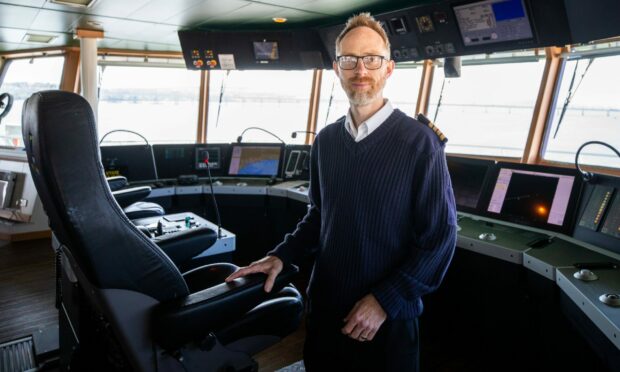
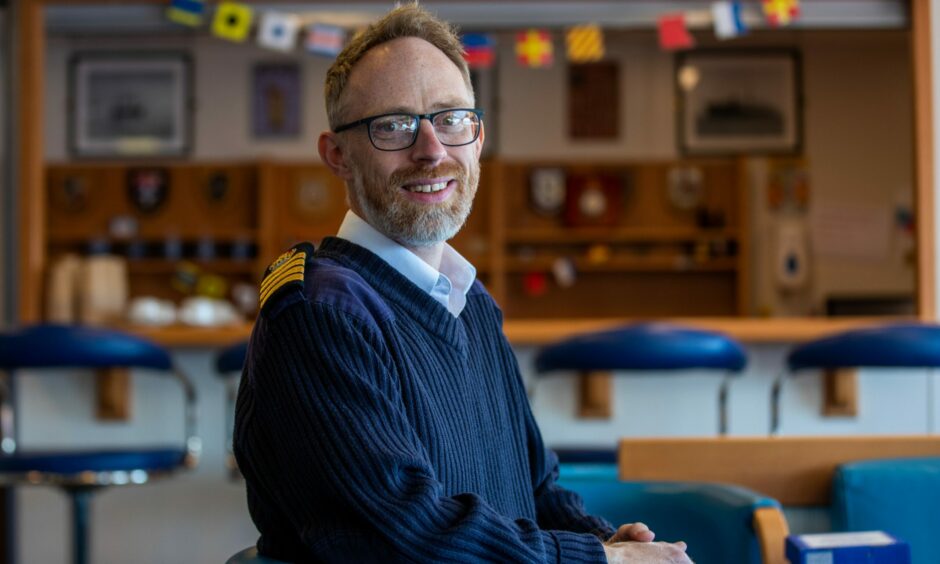
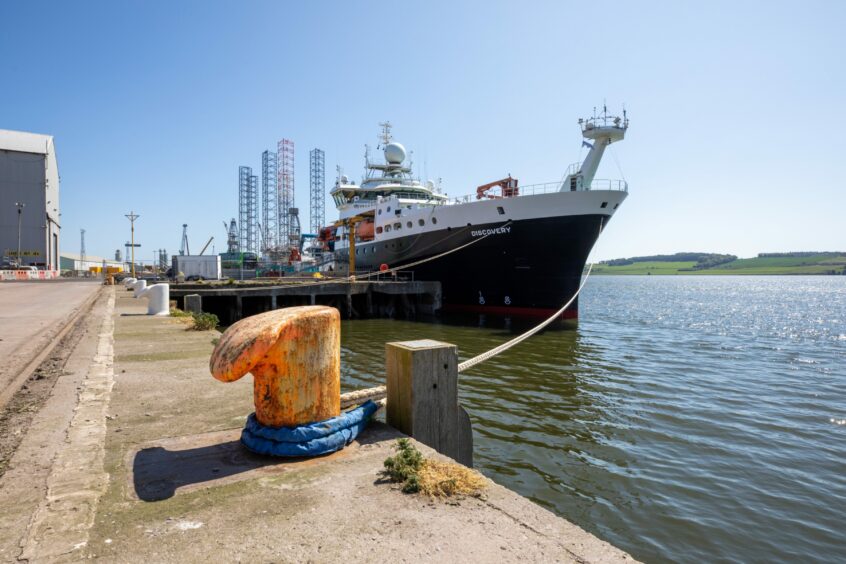
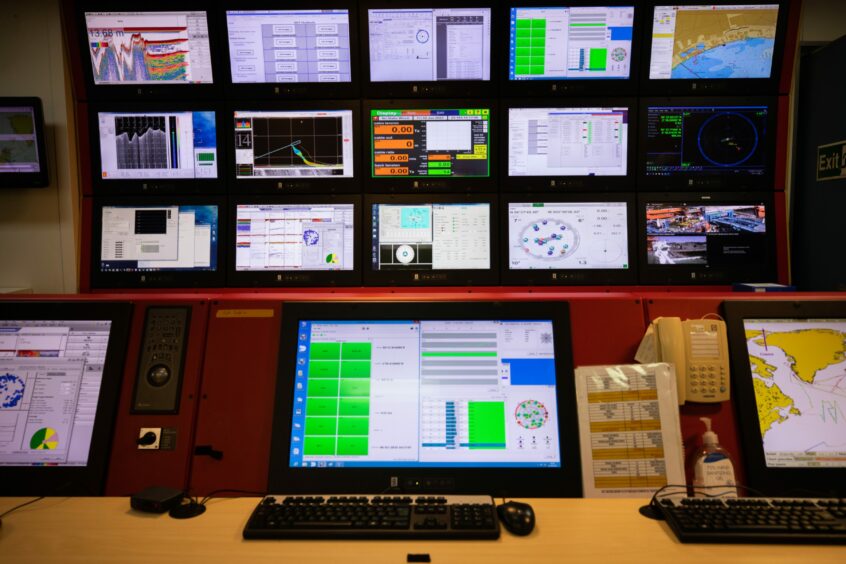
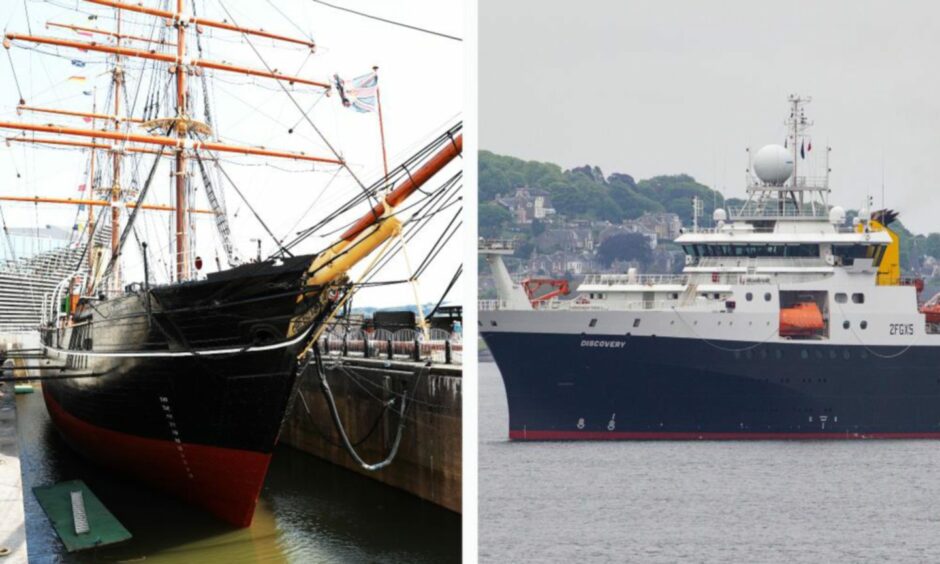
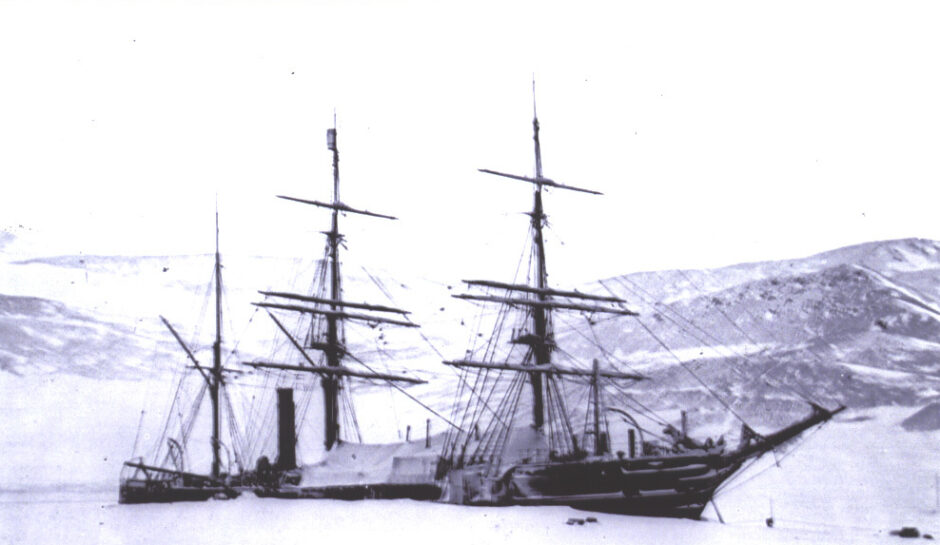
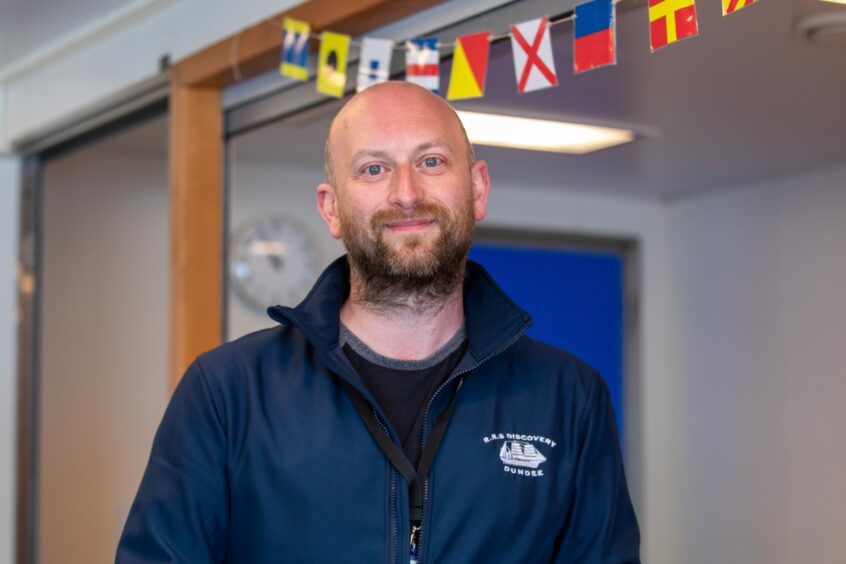
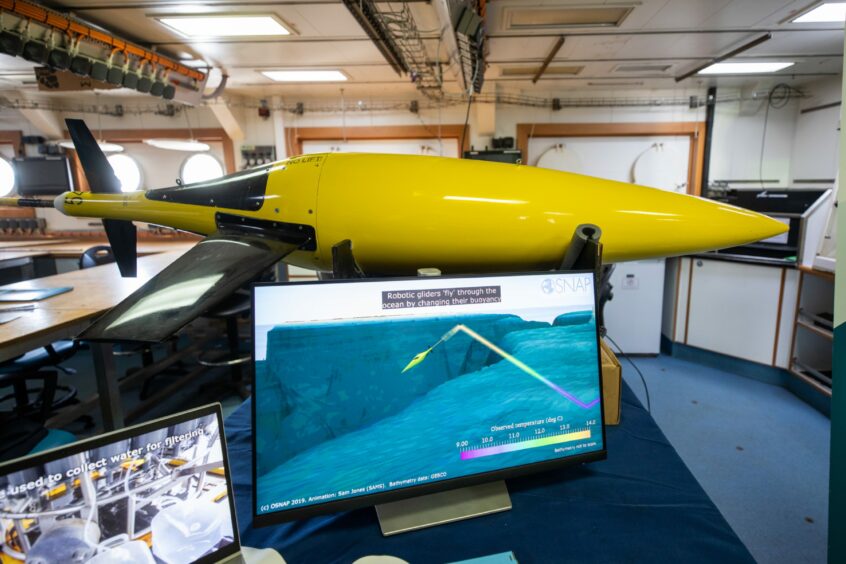
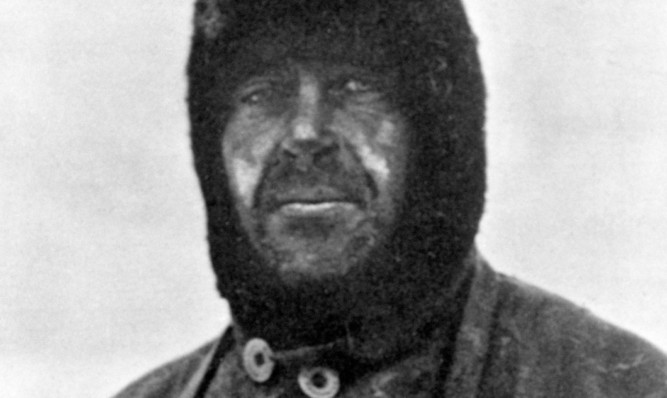
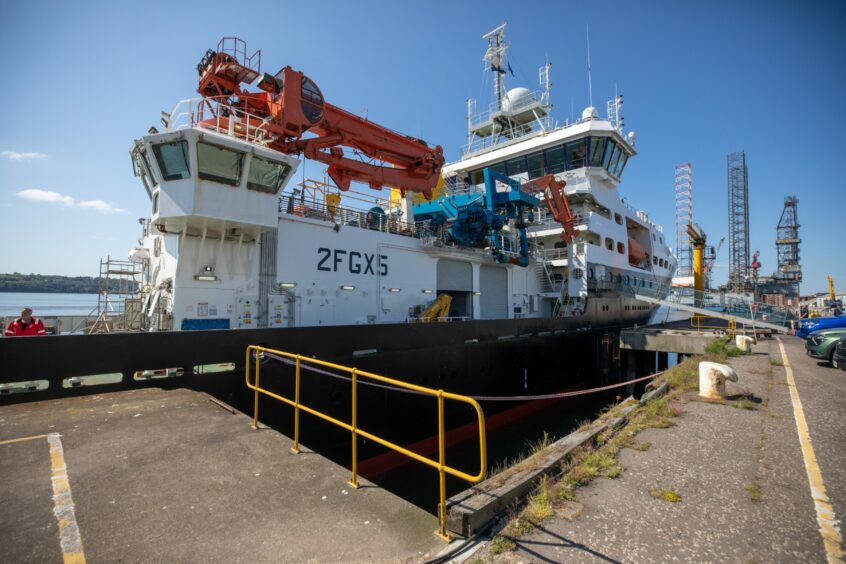
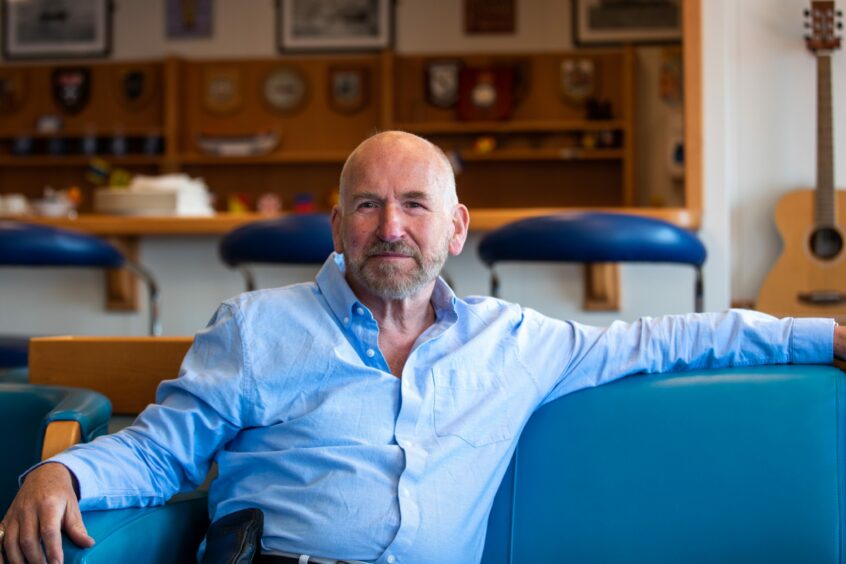
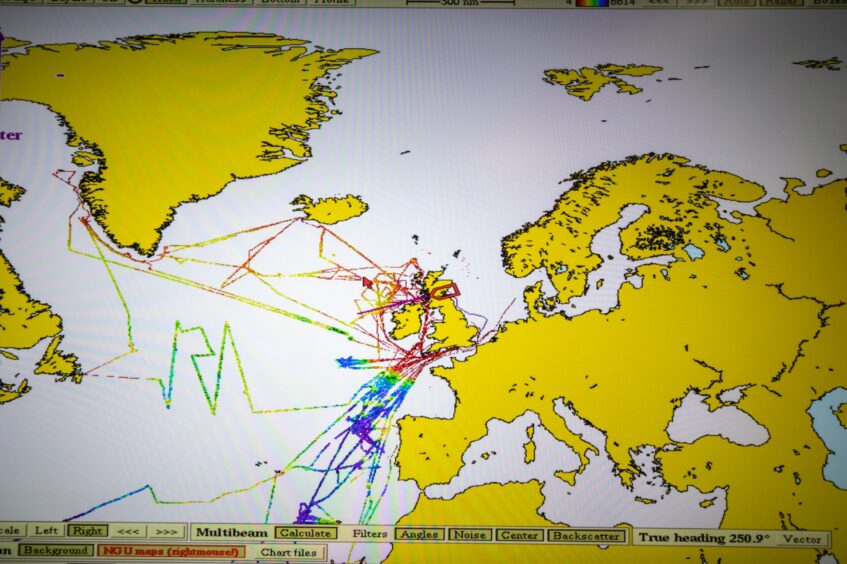
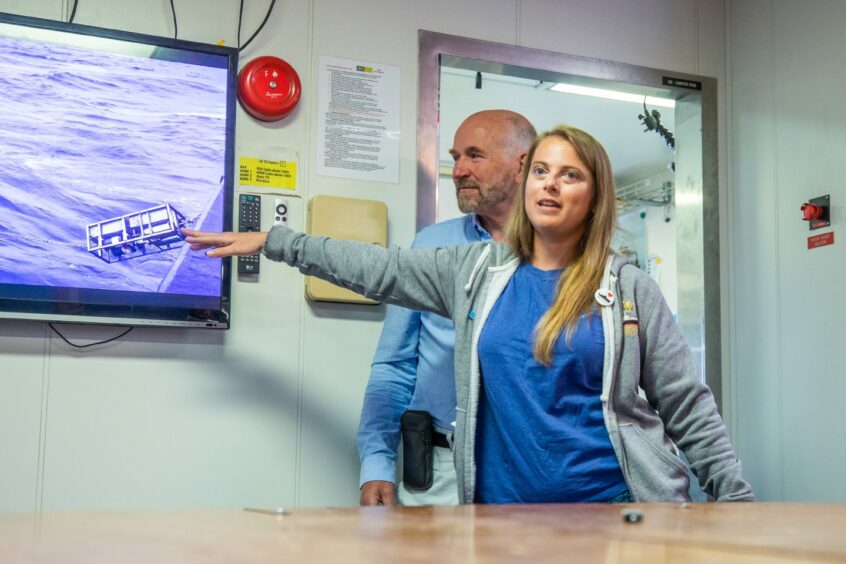
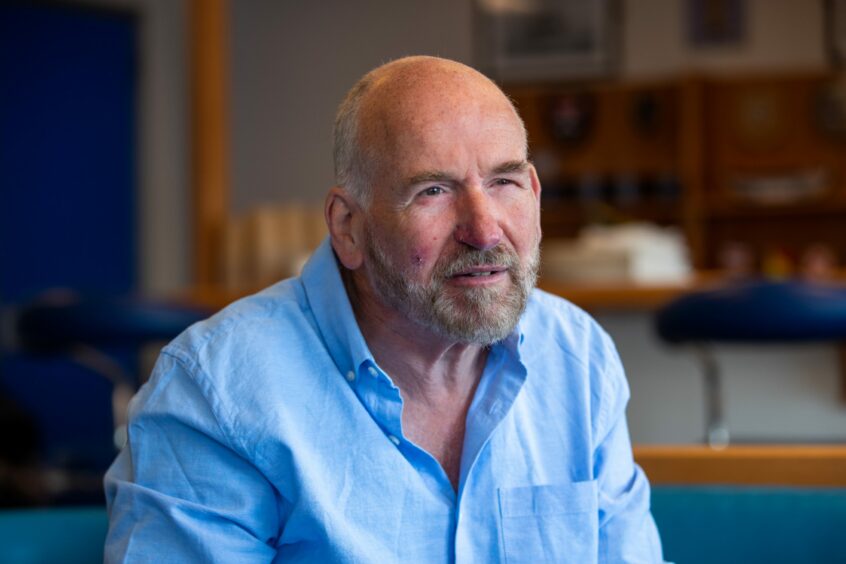
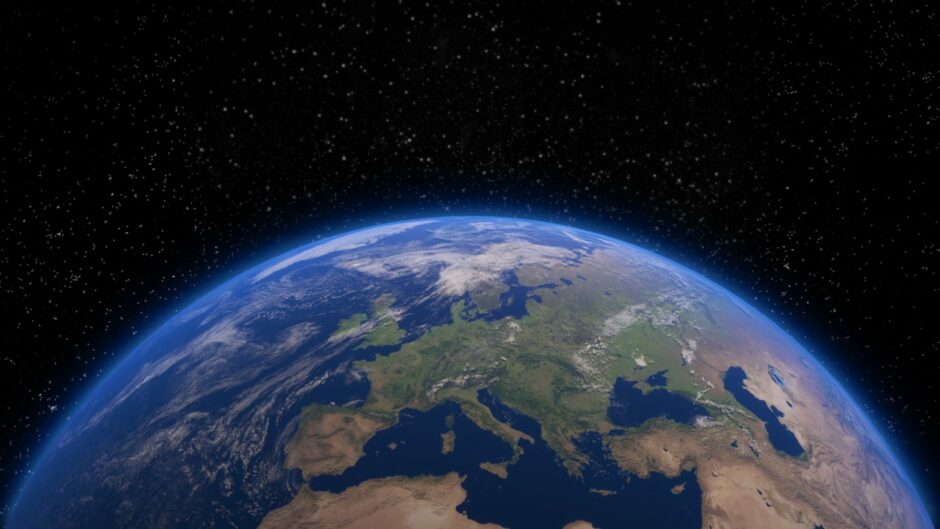
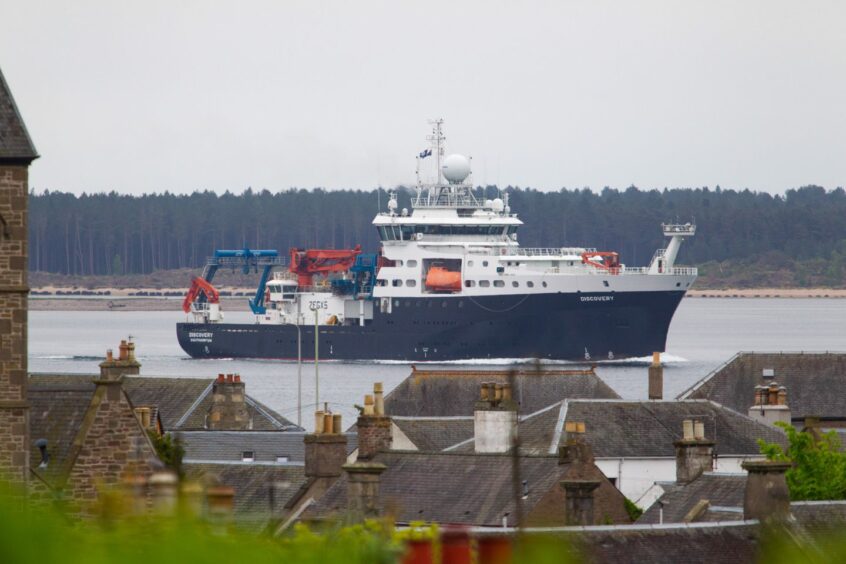

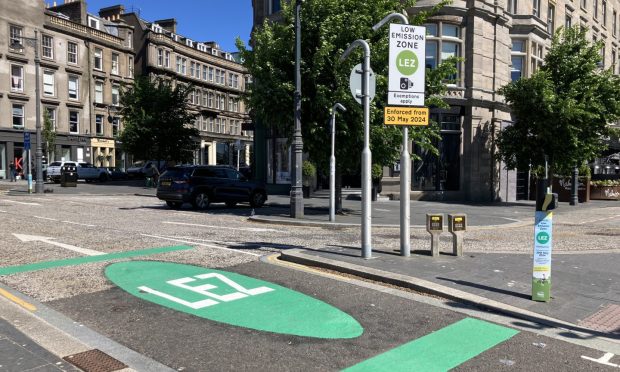
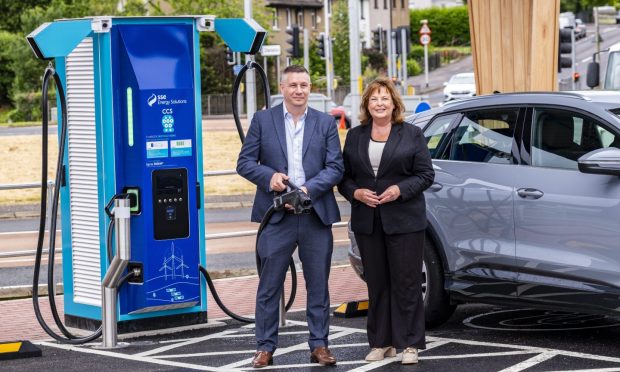
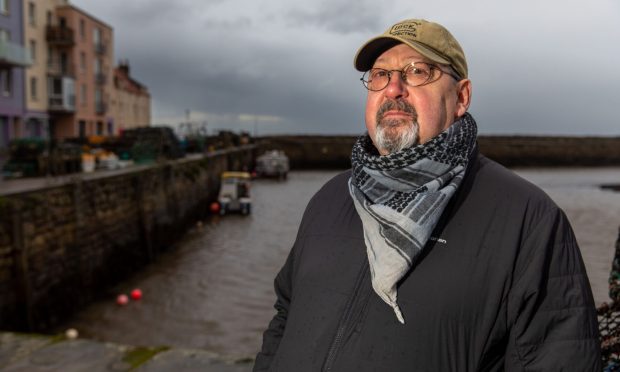
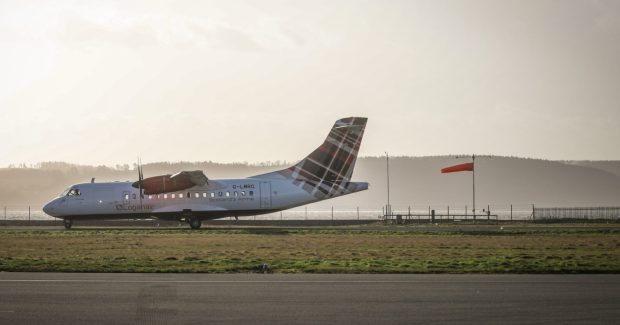

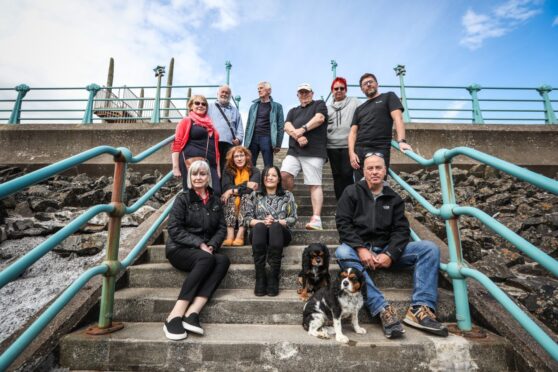

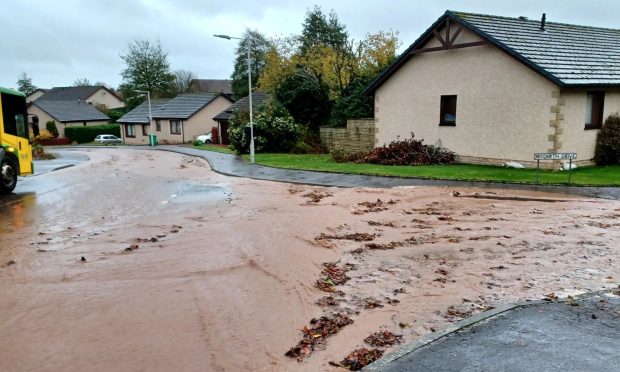
Conversation